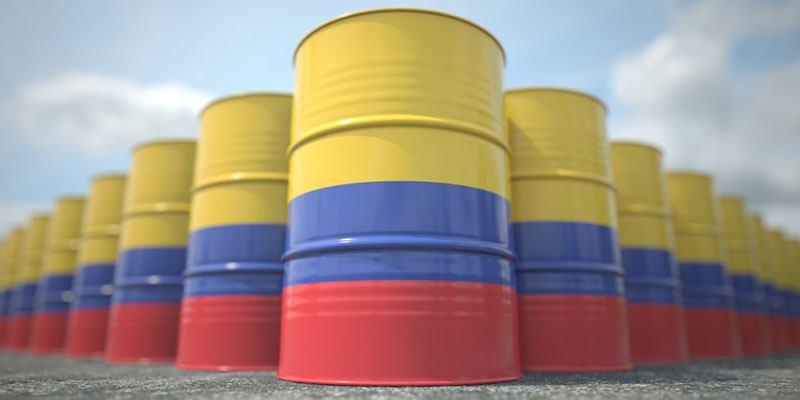Colombia, the third-largest oil and gas producer in Latin America, is also experiencing a drought. Reusing produced water can save freshwater sources for drinking.
With solutions like reverse osmosis desalination, produced water can be safely reused in a range of applications
Columbia’s oil and gas industry, which has seen declines in recent years, is booming again. With droughts plaguing the country, there’s a corresponding demand for wastewater treatment to turn brackish produced water from oilfields into water that’s safe for discharge, irrigation, and oilfield operations.
Colombia is the third-largest oil and gas producer in Latin America after Brazil and Mexico, but in 2021 the nation’s oil resources appeared to be dwindling. Crude oil production was as low as it had been in more than a decade, and upstream activity was declining. Conflict in Colombia’s oil- and gas-rich regions compounded the industry’s problems, and an OPEC dispute sent oil prices spiraling. The COVID-19 pandemic recession hit, and national protests left the economy reeling.
In a sudden turnaround, however, the Colombian Petroleum and Gas Association now estimates that 2022 investment in hydrocarbon operations will reach $4.4 billion. That’s 47% greater than in the previous year and more than twice the 2020 investment. Exploration spending this year is projected to exceed $1.1 billion, the largest sum spent on oil and gas exploration in the country since 2014.
Oil, however, is not the only thing of value coming out of the country’s oil wells. While Colombia is on the list of the world’s top nine water-rich territories, its water infrastructure has not stood up well against water shocks such as recent droughts. Sourcing water is increasingly difficult in the region, which has made the exploration of alternative water sources more attractive. One valuable alternative water source is the reuse of oilfield produced water.
A great deal of brackish produced water comes out of oil wells along with the oil, and it can be treated and reused, softening environmental impacts. But once it’s separated from oil, produced water is not yet ready for reuse. It must be treated before it’s safe for nonpotable applications.
Fluence’s $100 million project at the Rubiales oilfield in Colombia’s Meta region was designed to treat produced water for reuse. Using reverse osmosis, the plant can desalinate and treat 4,000 m3/h, or 500,000 barrels/d of produced water to a standard suitable for nonpotable applications.
New Options for Produced Water Treatment
Today, Fluence offers custom projects like the Rubiales plant, as well as simpler options that don’t require extensive design and construction.
For example, Fluence’s NIROFLEX uses pre-engineered reverse osmosis, ultrafiltration, and microfiltration blocks to custom-build treatment trains. These treatment trains can prepare produced water for safe discharge, sale to farms or communities, or for other oilfield applications such as equipment washing, dust reduction, and toilet flushing in workforce housing camps.
Contact Fluence to learn more about adding produced water reuse to oilfield operations. NIROFLEX blocks make the upgrade more efficient than ever, and with its Water Management Services platform, Fluence can deliver water services with no upfront capital investment under BOO and BOOT contracts, allowing oil and gas operators to focus on oil and forget about water.

